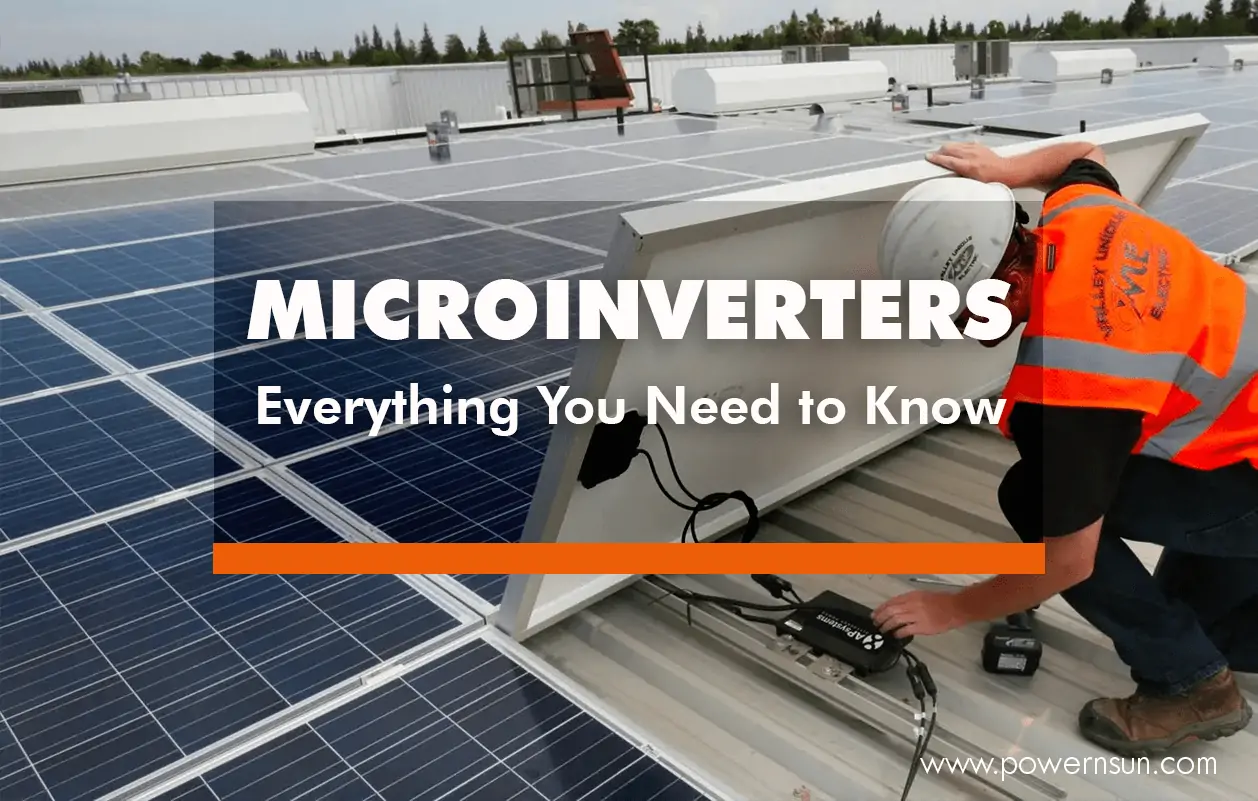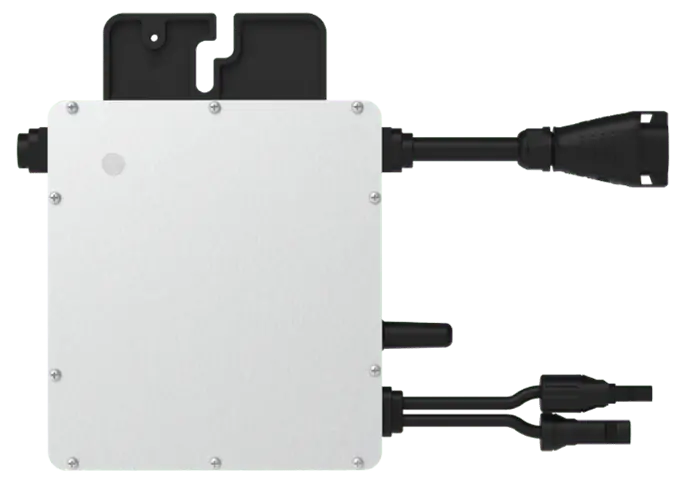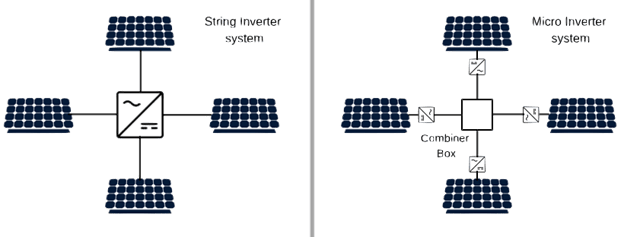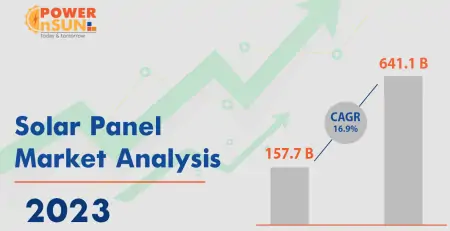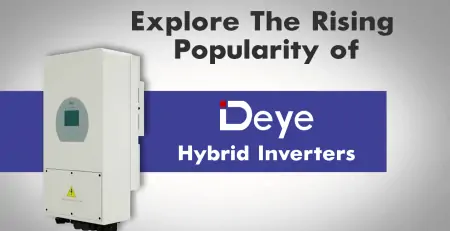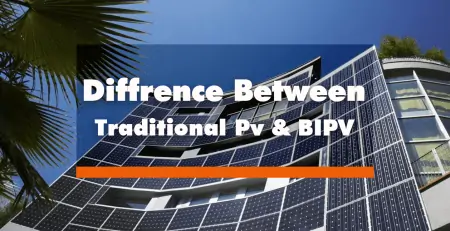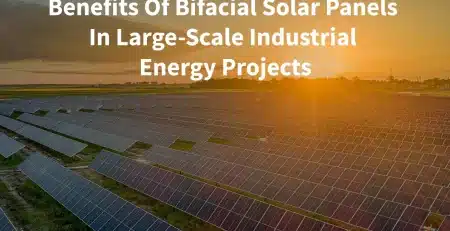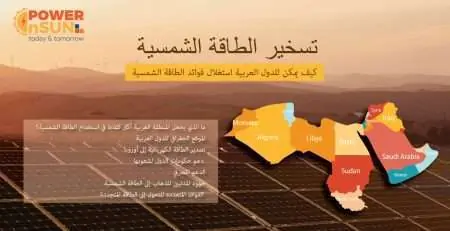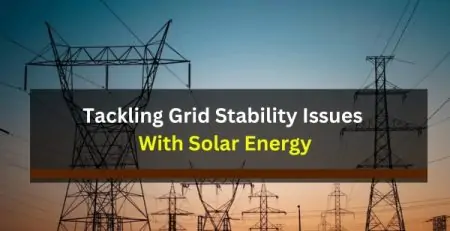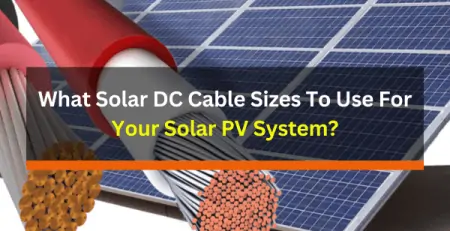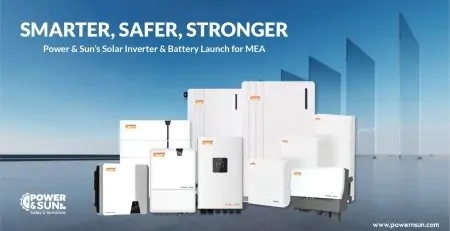Microinverters – Everything You Need to Know
The United Arab Emirates solar energy market is anticipated to hit a record CAGR of over 15%. It will be gained in the forecast period, 2022-2027. For those who are interested to contribute their best towards the visionary UAE Energy Strategy 2050, switching to solar is an excellent option. It is evident that you should gain the maximum potential of solar panels to yield the most. Here we suggest you take advantage of micro-inverters.
So, what are micro-inverters and how do they help in the performance of solar systems? Explore here.
Micro-Inverters – Here They Are Defined
Microinverters are small inverters, which are sized to be mounted to individual solar panels, converting the energy of the sun into electricity. These inverters belong to the category of the Module-Level Power Electronics (MLPE) family. This is a technology that works on enhancing the MPPT (Maximum Power Tracking Point) of every panel and thus maximizes the entire solar system.
The notable point with this kind of inverter is that they help in reaping overall power in the solar panels. This implies that you can expect the best electricity production.
Role Of Microinverters In A Solar System
Plays an essential part in a solar panel array, the role of microinverters goes beyond just converting energy into electricity. They are involved with some of the vital aspects such as maximum power point tracking (MPPT) and anti-islanding protection (AIP).
As said earlier, microinverters embrace MLPE (Module Level Power Electronics) family technology. This tactic offers the greatest advantage of module-level monitoring, which is quite useful in figuring out the individual panel having faults or performance issues. Attached with one or two panels, these micro-inverters are highly capable of tuning the output of every panel. This is achieved by applying individual MPPT and thus ends up optimizing the yield of the entire solar system.
How Do Microinverters Differ From Their Counterparts Of String Inverters?
The string inverters work by connecting the solar panels together with ‘strings’. These are then linked to a single inverter. In contrast to this, microinverters pair with an individual panel. To put it simply, micro inverters are installed with every individual panel, while a string inverter is used as one system for all panels.
With string inverters, if there is an efficiency drop in a single module, it lowers the entire output of the system. But with microinverters, each unit works individually to boost the overall performance of the system.
Thus microinverters serve as the ideal choice for non-ideal conditions such as cloudy skies, partial shading, etc.
Benefits Of Microinverters
- Module Level Monitoring: As a micro-inverter is installed with each panel, it helps monitor each panel’s generation. Microinverters that are equipped with a remote monitoring feature empower users to have an eye on the power output of every panel.
- Better performance in roof shading: It is natural that every roof will have some shade. However, this shading prevents the panels from achieving 100% efficiency. For those roofs that have shading, microinverters help in avoiding the impact of shading of a single panel affecting the entire system. MPPT of microinverters mitigates the impacts of shading and makes a big difference in the performance of the system.
- Easily expandable: If you are planning to expand your solar system with more solar modules at a later stage, it becomes easy when you utilize microinverters.
- Lifespan: Microinverters come with a 25-year warranty, which is similar to the life of solar panels. As these inverters carry a long warranty period, you reduce the need to replace the inverter down the road.
- Ease of Installation: Compared with traditional inverters, microinverters are faster and easier to install, reducing installation costs. These inverters are rid of wiring time, and also they avoid the need for DC switching points.
- No Single Point of Failure: Unlike a string inverter, where something goes wrong with any of the panels the entire system is down, microinverters continue to produce electricity while the rest of the system remains unaffected.
Disadvantages of Microinverters
- Costlier: As you have to affix a microinverter to the back of each solar panel, they are relatively high in cost.
- Not so appropriate for battery backup systems: For those installers thinking of adding battery storage to their solar system, microinverters are probably not the relevant choice. As batteries operate in DC, and the panels will generate DC, it is recommended to use DC power optimizers or hybrid inverters in place of microinverter. Also, they are not suitable for Utility Solar Power Plants of over 1 MW in size due to maintenance issues.
- A higher number of total components: Typically, Microinverter systems have a number of components. Hence, it may become an issue when you have to deal with a small space.
Microinverters are best suitable for
- Limited roof space
- Multiple angles
- Shading from trees
- Required to monitor the individual performance of panels
Are you passionate about aiding to drive the solar energy market in Dubai? Have your best contribution in the forecast period of the UAE with the microinverters. Get microinverters for your system and maximize the energy generated by all of the panels.

